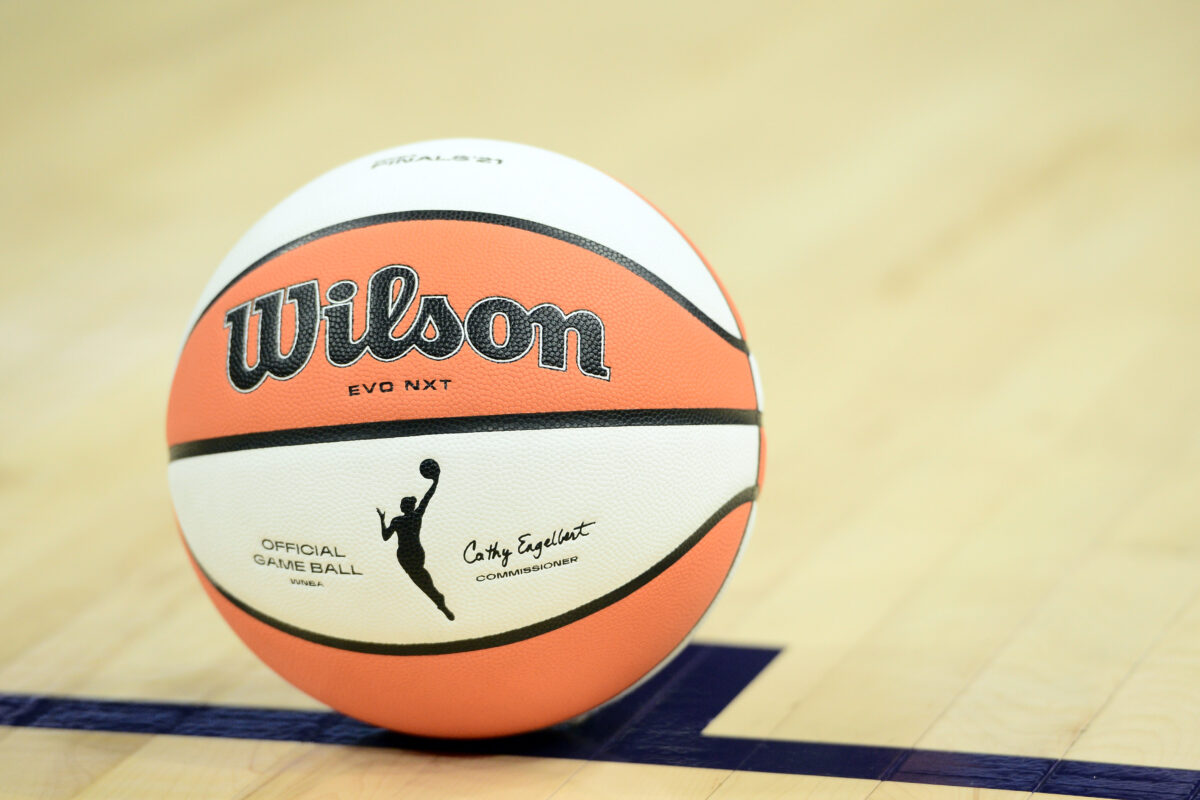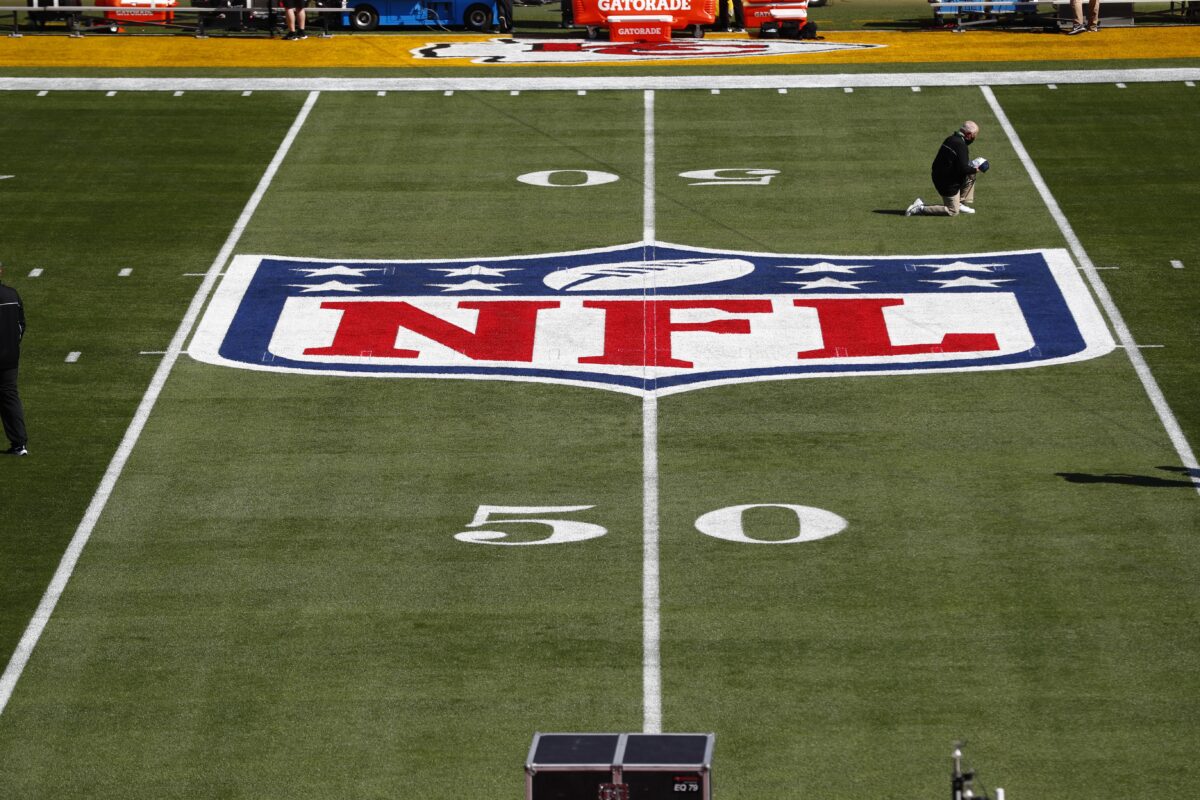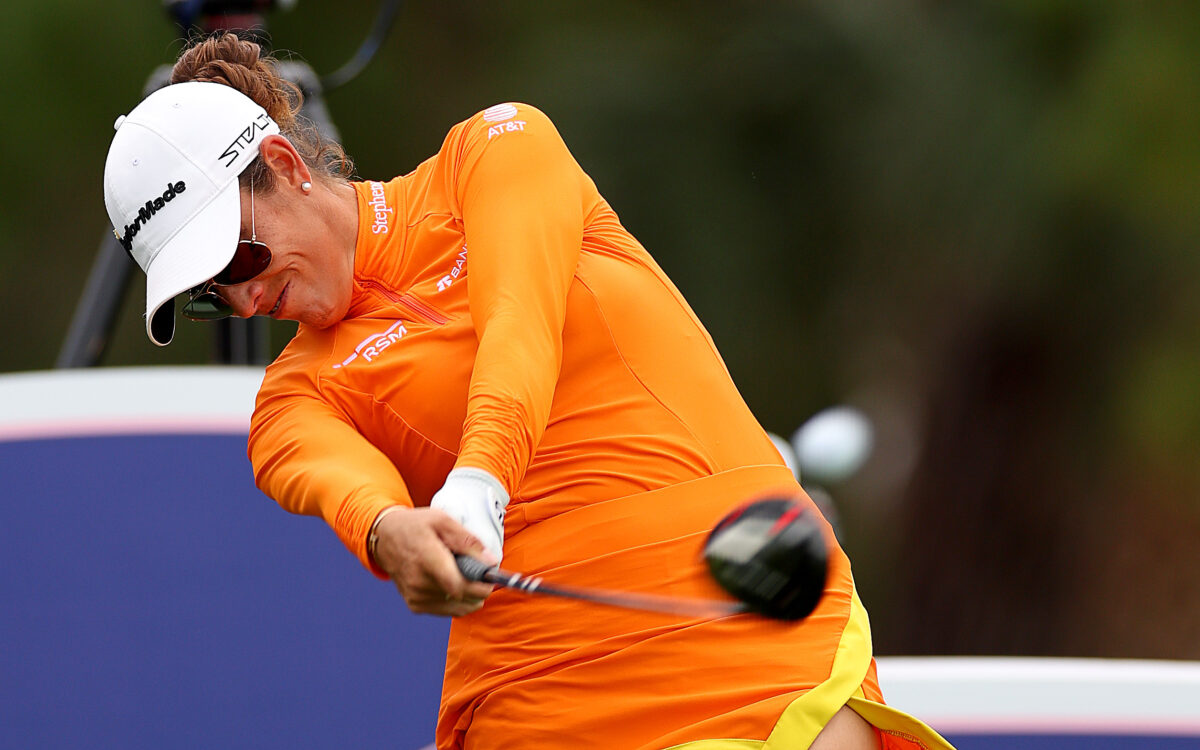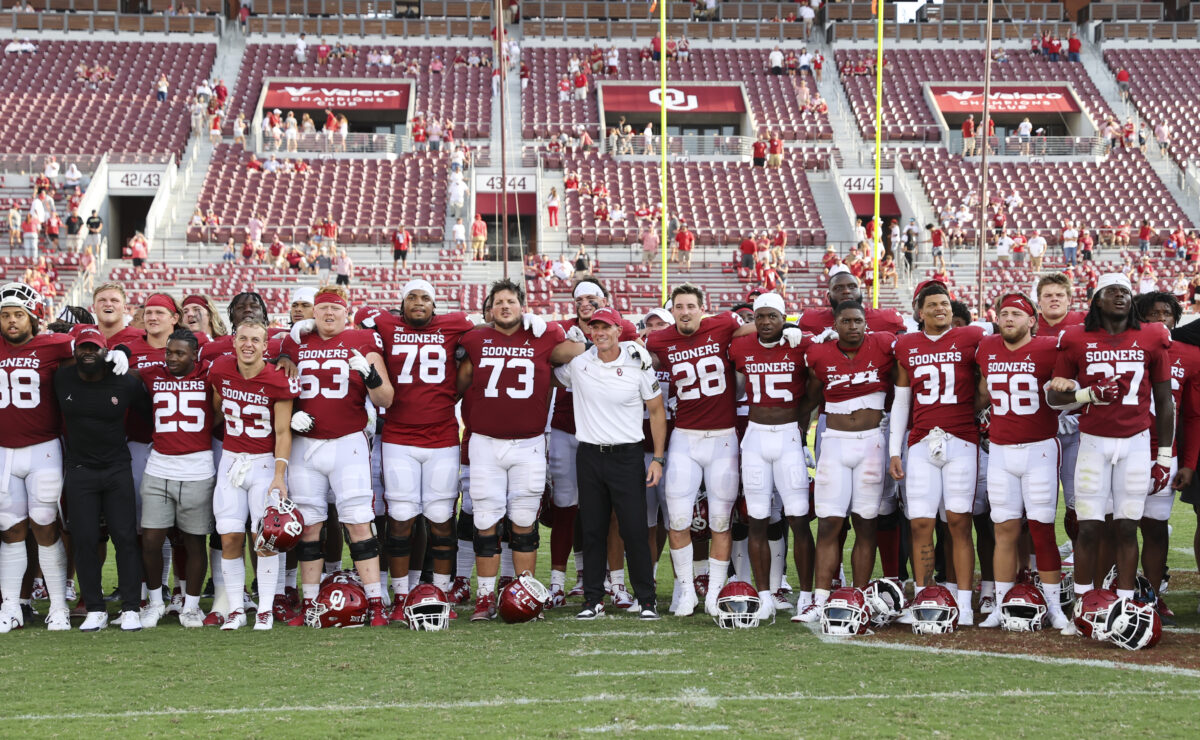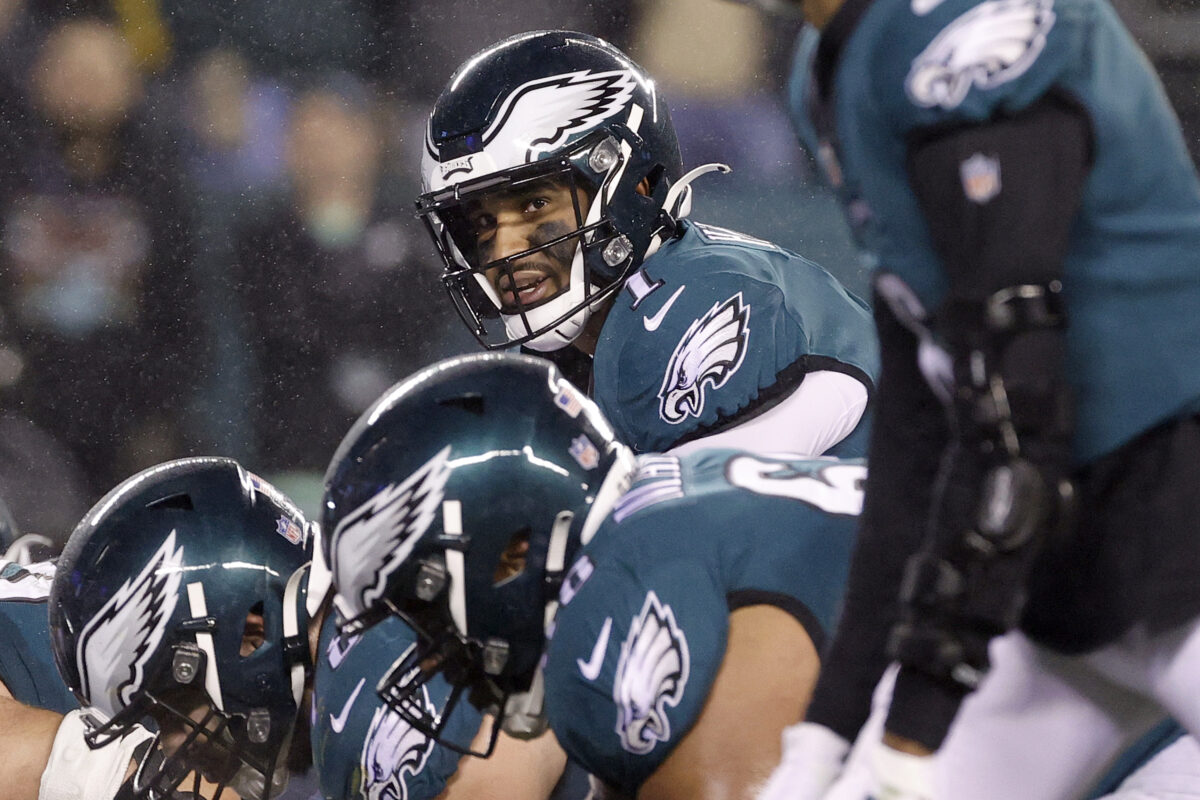The distance impact is not intended to impact women.
One would be hard-pressed to find anyone who believes there’s a distance problem in women’s golf. That includes the governing bodies, too, as the USGA and R&A made it clear in Tuesday’s press conference that the Model Local Rule intended to reduce distance at the highest levels of men’s golf will not apply to elite female players or recreational players.
The governing bodies have proposed the use of modified golf balls to reduce hitting distances by 14-15 yards on average for the longest hitters with the highest clubhead speeds. The Model Local Rule (MLR) would give competition organizers, like the LPGA and Ladies European Tour, the option to implement.
“You’re certainly seeing changes in the women’s game where more power, longer distances is coming in than maybe even five years ago,” said Martin Slumbers, CEO of The R&A. “But, at the moment, there’s plenty of headroom on the golf courses that we have for the women’s game.
“So we would not be intending to make any application of this rule in women’s elite golf at this point.”
The R&A, of course, runs the AIG Women’s British Open while the USGA runs the U.S. Women’s Open.
Mike Whan, the current USGA CEO and former LPGA commissioner, echoed Slumbers’ thoughts, adding: “Whether or not they implement this now, as in every case, is their decision, but this would provide choice longer term, and I think longer term we’ll be glad this choice is available.”
While 83 players on the PGA Tour average 300 yards or more off the tee this season, last year, no player on the LPGA averaged 280 or higher. Maria Fassi led the tour last year with a 279.250 average.
As the USGA And R&A continue to have conversations around the topic across the industry, the proposal, if adopted, wouldn’t take effect until Jan. 1, 2026.
The LPGA offered the following statement on the USGA’s announcement:
“The LPGA is appreciative of the leadership and stewardship of the USGA and The R&A on a variety of topics, including distance. At this time, we do not see distance as a hindrance toward the growth of the LPGA Tour or to the courses on which we can compete. We intend to explore and examine this proposal during the comment period and beyond from all angles. As always, we will act in accordance with what is best for our players, our partners, our Tour, our fans and the women’s game overall. We are committed to ensuring the golf course is an equitable place for everyone, and our focus will be on helping grow the women’s game and providing equal opportunities for girls and women of all ages.”
[mm-video type=playlist id=01es6rjnsp3c84zkm6 player_id=01evcfxp4q8949fs1e image=]
